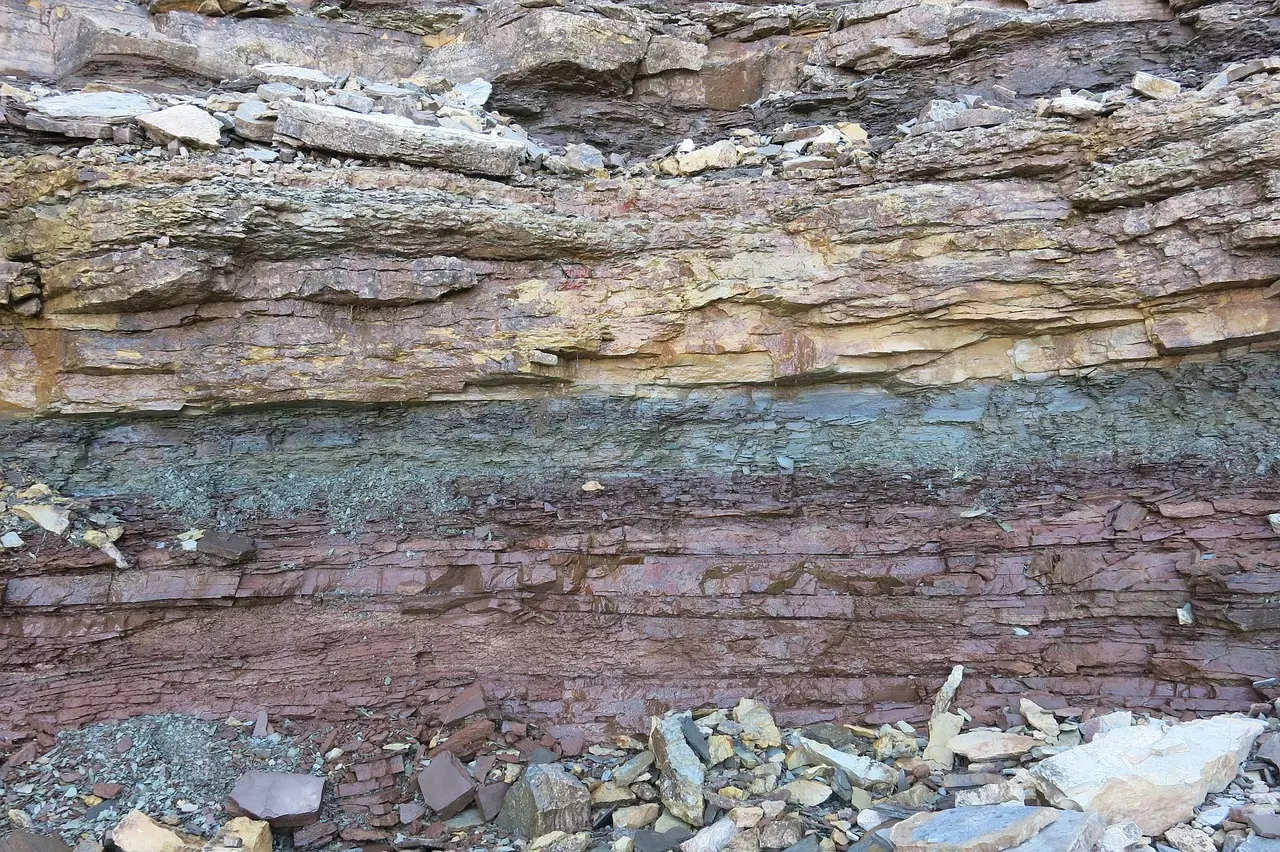[Originally published as About Uniformitarianism]
I have written about Charles Lyell and George Young and their ideas of uniformitarianism, emphasizing how the church unnecessarily accepted this principle without historical or scientific basis. I think it is clear that Charles Darwin would never have published his influential book on evolution if he had not been introduced to Lyell’s ideas of uniformitarianism and deep time. Now, we will see what some prominent evolutionists say about this topic.
The intellectuals of the Enlightenment forced an artificial historical component onto the science of geology. If secular thought was to wrest control of Western culture away from the church, it had to invent a new anti-biblical history. To accomplish that goal, Lyell and the other Bible minimalists of the 19th century used the ideas of uniformitarianism and deep time. The seminal question is was this action valid — was/is there any truth to the new history? What do prominent evolutionary scientists say?
In 1954 we have this defining quote:
This is the great underlying principle of modern geology and is known as the principle of uniformitarianism…Without the principle of uniformitarianism there could hardly be a science of geology that was more than description.
Thornbury, William D., Principles of Geomorphology, New York: Wiley, 1954, p. 16-17.
But what is this “underlying principle” based on? This journal article is remarkably honest about the reality:
“Surely what we know as geo history originates not within the rocks but within the minds of their human observers. As a creation of the human intellect, our geo histories may owe more than is commonly supposed to processes acting within our own cerebra.”
Davies, Gordon Herries, “Bangs Replace Whimpers,” Nature 365:115, 1993.
Others have spoken out about how unsubstantiated this principle is:
It is hereby submitted that most scientists are guilty of an overly-zealous interpretation of the doctrine of uniformitarianism. Many instructors dismiss the possibilities of global catastrophes altogether, whereas others ridicule and scoff at the early ideas. These same instructors will implore their students to think scientifically and to develop the principles of multiple-working hypotheses. The fact is, the doctrine of uniformitarianism is no more ‘proved’ than some of the early ideas of world-wide cataclysms have been disproved.”
Heylmun, Edgar B., “Should We Teach Uniformitarianism?” Journal of Geological Education, vol. 19, no. 1 (January 1971), p. 35.
This article continues:
“We find certain rock types in the geologic column that are not being seen form, at least in quantity, anywhere on earth today. Where can granite be observed forming? Where can dolomite or siliceous iron formations be seen to form in quantity? Yet we have thousands of cubic miles of these rock types in the crust of the earth. The Paleozoic Era was marked by carbonate rock deposition, yet carbonate types are quite subordinate in modern sequences of sediments. Herz attributes the formation of anorthosite to the ‘anorthosite event,’ which was possibly a great cataclysm in the Precambrian history of the earth. It is possible that other rock types were created during and following catastrophic events on earth.” Ibid, p. 36.
In the late 20th century, a number of evolutionists wrote about how they considered themselves as neocatastrophists. Principal among them was Derek Ager who championed catastrophe in the rock record, but took care to consistently paint creationists as the ‘lunatic fringe’ so that he could continue to keep company with others in the evolutionist camp.
Nevertheless, once an evolutionist accepts catastrophism it becomes difficult for him to promote as foundational the uniformitarianism he was once taught.
Two neocatastrophists put it this way:
Catastrophism is enjoying a renaissance in geology. For the last 180 years, geologists have applied consistently a uniformitarian approach to their studies that has stressed slow gradual changes as defined by Lamarck, Lyell, and Darwin. Now, many of us are accepting that unusual catastrophic events have occurred repeatedly during the course of earth history. The events were significant, since they caused sudden drastic environmental disturbances as well as mass extinctions.
Hsu, Kenneth, J. and Judith A. McKenzie, “Rare Events in Geology Discussed at Meeting,” Geotimes, vol. 31 (March 1986), p. 11.
Months later, Hsu lamented:
“But the working hypothesis of the last century has been turned into a dogma of today. Substantive uniformitarianism has been adopted as an article of faith, and catastrophists have been labeled fellow travelers of creationists.”
Hsu, Kenneth J., “Darwin’s Three Mistakes,” Geology, vol. 14 (June 1986), p. 309.
Woe be to the neocatastrophists if they are categorized together with creationists! Never mind the scientific evidence for catastrophe — just don’t associate us with those lunatic creationists. Catastrophes are now acceptable to geology, so long as it is not the single catastrophe so clearly described in the Bible. What is the modern evidence? Does it jibe with Lyell?
Furthermore, much of Lyell’s uniformitarianism, specifically his ideas on identity of ancient and modern causes, gradualism, and constancy of rate, has been explicitly refuted by the definitive modern sources, as well as by an overwhelming preponderance of evidence that, as substantive theories, his ideas on these matters were simply wrong.
Shea, James H., “Twelve Fallacies of Uniformitarianism,” Geology, vol. 10 (September 1982). P. 456.
Examples of Evidence for Catastrophic Realworld Processes
Here is another evidence for catastrophe from evolutionist writings:
Experimental data on crystallization rates suggests that many large crystals observed in granitic rocks could have grown in a matter of hours—certainly no more than a few tens of years.
Clemens, John, “Granites and Granitic Magmas: Strange Phenomena and New Perspectives on Some old Problems,” Proceedings of the Geologists Association, 116:9, 15, 2005.
Finally, consider this quote:
“Spilling from the crater, Loowit Falls reshapes the north slope of the volcano. ‘You’d expect a hard rock canyon to be thousands, even hundreds of thousands of years old,’ says Peter Frenzen, monument scientist. ‘But this was cut in less than a decade.’”
Findley, Rowe (A journalist who covered the 1980 eruption of Mount St. Helens and former assistant editor of National Geographic), “Mount St. Helens: Nature on Fast Forward,” National Geographic, p. 121, May 2000.
Conclusion
It is clear that those who continue to promote, teach, and indoctrinate uniformitarianism in museums, papers, and schools are “simply wrong.”
So far as I can tell, uniformitarianism is still the principle of secular geology that undergirds much of the materialistic paradigm. I wonder how many theistic evolutionists and liberal Christians might convert to biblical Christianity if they were to take a serious look into the evidence. If these categories of people in the church would come to see the light, perhaps even those lost theologians in our seminaries might be convinced to look at the evidence.
Whose history are you going to accept? Are you going to accept the secularist history that promotes evolution and millions of years, a false history promoted by fallible men? Or, are you going to accept the infallible history of the Bible provided to all by the Creator God who was there in the beginning?







